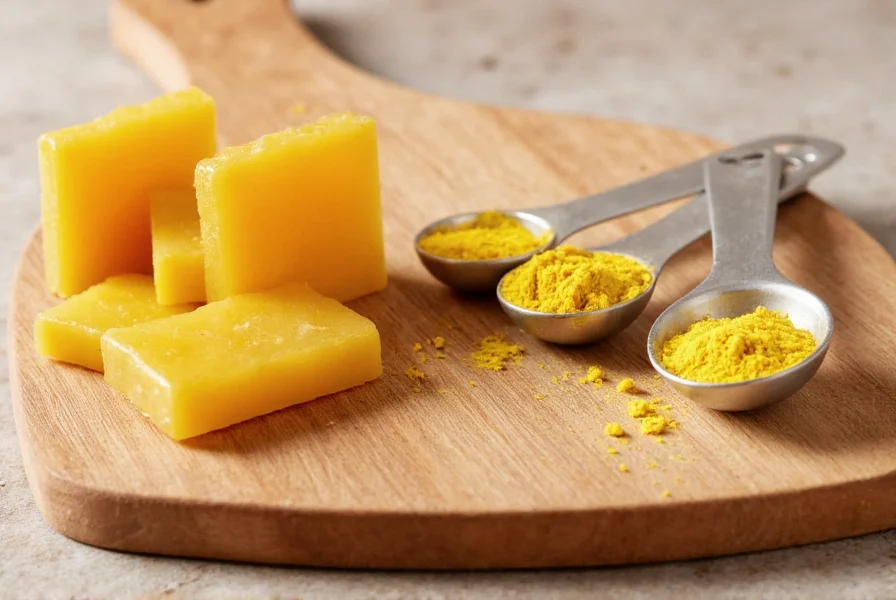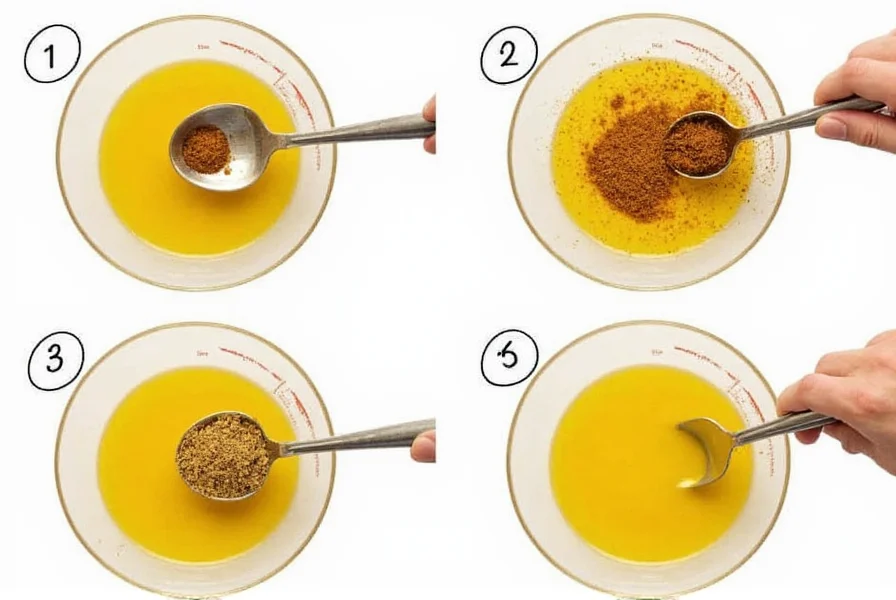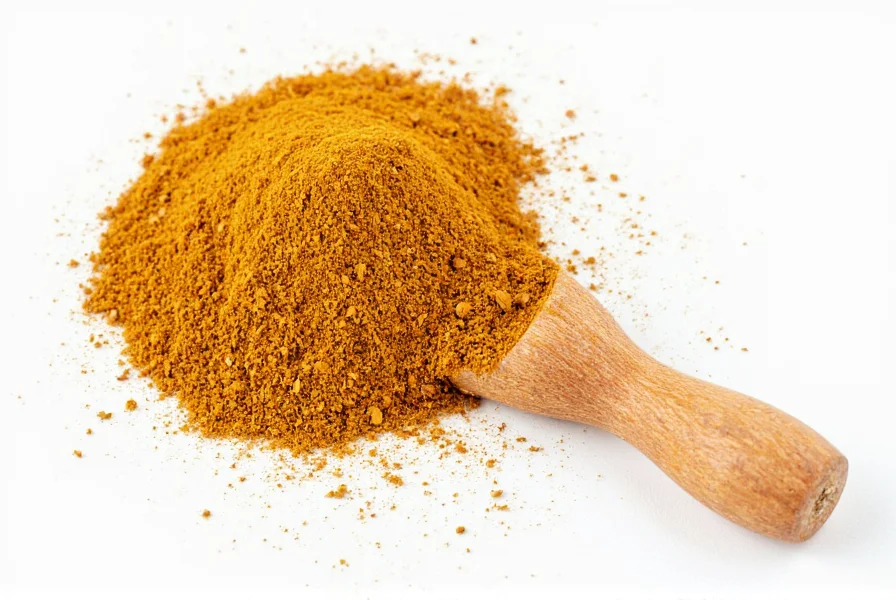Asafoetida spice, scientifically known as Ferula assa-foetida, has been prized for centuries across multiple culinary traditions for its unique flavor-enhancing properties. This amber-colored resin, harvested from the taproot of giant fennel plants, delivers an intensely pungent aroma in its raw form that mellows into a savory, umami-rich essence when properly cooked. Understanding what is asafoetida spice used for reveals its indispensable role in vegetarian cooking, where it serves as a crucial substitute for onion and garlic in religious dietary practices.

Origins and Historical Significance
Native to the arid regions of Afghanistan and Iran, asafoetida has traveled along ancient spice routes to become integral to Indian culinary traditions since the 6th century. Ayurvedic texts document traditional uses of asafoetida in Indian cuisine and medicine, where it was valued for both digestive properties and flavor enhancement. The spice's name derives from Persian aza (mastic) and Latin foetida (stinking), accurately describing its powerful aroma that dissipates during cooking.
Physical Properties and Available Forms
When harvesting asafoetida, incisions are made in the plant's stem, allowing the milky resin to seep out and harden. This raw resin appears as amber to dark brown lumps with an intensely pungent smell reminiscent of sulfur. Most consumers encounter asafoetida in processed forms that improve usability:
| Form | Composition | Shelf Life | Best Uses |
|---|---|---|---|
| Raw resin (lump) | Pure gum without additives | 2+ years | Traditional preparation methods |
| Powdered | Resin mixed with rice flour (80-90%) | 1 year | Everyday cooking, precise measurements |
| Compound | Resin with turmeric and flour | 1 year | Color-sensitive dishes |
Understanding the difference between asafoetida powder vs resin is crucial for proper usage. Pure resin requires careful handling as a little goes a long way, while powdered versions offer more consistent measurements for home cooks.
Culinary Applications Across Global Cuisines
Asafoetida's magic happens during the tadka or tempering process, where a pinch is fried in hot oil before adding other ingredients. This technique transforms its harsh raw odor into a complex, savory flavor that enhances dishes without overpowering them. In Indian cooking, it's essential for how to use asafoetida in cooking lentil dishes (dal), vegetable preparations, and pickles.
The spice serves a critical function in Jain and Brahmin cooking traditions where onion and garlic are prohibited. When properly used, asafoetida provides the umami depth these ingredients would normally contribute. Many chefs consider knowing how much asafoetida to use in recipes a fundamental skill—typically just a pinch (⅛ teaspoon) for four servings is sufficient, as too much creates bitterness.
Health Benefits and Traditional Medicinal Uses
Beyond its culinary value, asafoetida has been used in traditional medicine systems for centuries. Ayurvedic practitioners have documented health benefits of asafoetida spice including digestive aid properties, relief from flatulence, and respiratory support. Modern research suggests potential anti-inflammatory and antimicrobial properties, though more clinical studies are needed.
Many households use asafoetida water (a few drops in warm water) as a home remedy for indigestion and childhood colic. The compound ferulic acid found in asafoetida may contribute to these digestive benefits, though scientific evidence remains preliminary. When exploring asafoetida spice benefits, it's important to distinguish between traditional uses and scientifically verified effects.
Practical Usage Tips for Home Cooks
Mastering how to use asafoetida in cooking requires understanding its transformation during heating. Always add it to hot oil or ghee at the beginning of cooking—never directly to dry pans. The optimal technique involves:
- Heating 1-2 teaspoons of oil or ghee
- Adding a pinch of asafoetida (⅛ tsp for powder)
- Frying for 10-15 seconds until the pungent smell mellows
- Immediately adding cumin seeds or other spices
- Proceeding with recipe
For those wondering why does asafoetida smell so strong, the answer lies in its sulfur compounds, which break down during cooking to create more complex flavors. Store asafoetida in an airtight container away from light, as exposure to air diminishes its potency. A clever storage tip: keep a piece of charcoal in the container to absorb excess moisture and preserve freshness.

Substitutes and Alternatives
When you need an asafoetida substitute for cooking, several options exist though none perfectly replicate its unique flavor profile:
- Onion-garlic powder blend (1:1 ratio) - best for non-religious dietary contexts
- Fenugreek seeds (¼ tsp) - provides similar umami depth
- Garlic-infused oil (½ tsp) - for non-strict vegetarian diets
- Mushroom powder (⅛ tsp) - vegan umami alternative
These substitutes work reasonably well in most recipes, though traditional Indian dishes may lack authenticity without genuine asafoetida. For those following strict dietary restrictions that prohibit onion and garlic, no perfect substitute exists—this explains why asafoetida remains irreplaceable in certain culinary traditions.
Common Misconceptions Clarified
Several myths surround asafoetida that deserve clarification. Despite claims that it's "just for Indian cooking," historical records show Persian and Roman cuisines also utilized this spice. The notion that asafoetida is universally disliked is inaccurate—cultures familiar with it from childhood often develop a preference for its distinctive flavor.
Another misconception involves potency: many beginners use too much, creating bitter dishes. Remember that how much asafoetida to use depends on whether you're using pure resin (use sparingly) or diluted powder (more generous measurements acceptable). Quality also varies significantly between brands, with premium varieties offering more complex flavor profiles and less harshness.
Where to Source Quality Asafoetida
Finding authentic asafoetida requires knowing where to buy asafoetida spice from reliable sources. Indian and Middle Eastern grocery stores typically carry multiple brands, with higher quality options showing:
- Clean, consistent color (amber to reddish-brown)
- Distinctive but not overwhelmingly chemical smell
- Minimal fillers (check ingredient lists)
- Reputable brand names like Everest, MDH, or organic specialty producers
When selecting powdered asafoetida, look for products with lower flour content for more intense flavor. Serious enthusiasts might prefer pure resin blocks, which require grinding but offer superior flavor concentration and longer shelf life.
Frequently Asked Questions
What is asafoetida spice made from?
Asafoetida is a resinous gum extracted from the roots and stem of Ferula plants, primarily Ferula assa-foetida. When the plant's stem is cut, a milky liquid oozes out and hardens into a amber-colored resin with a strong sulfurous aroma that transforms during cooking.
Why is asafoetida used in vegetarian cooking?
Asafoetida serves as a crucial flavor substitute for onion and garlic in vegetarian and religious dietary practices that prohibit these ingredients. When properly cooked, it develops a savory umami flavor that mimics the depth these alliums would normally provide in dishes like lentils and vegetable preparations.
How should I store asafoetida to maintain freshness?
Store asafoetida in an airtight container away from light and moisture. Adding a piece of charcoal to the container helps absorb excess humidity. Pure resin lasts 2+ years when properly stored, while powdered versions (mixed with flour) remain potent for about 1 year. Never store in the refrigerator due to moisture exposure.
Can I use too much asafoetida in my cooking?
Yes, using too much asafoetida creates a bitter, unpleasant flavor that can ruin a dish. The general guideline is ⅛ teaspoon of powdered asafoetida for four servings. Pure resin requires even less—just a small pinch. Always add it to hot oil at the beginning of cooking, never directly to dry pans or late in the cooking process.
Is asafoetida the same as hing?
Yes, asafoetida and hing refer to the same spice. "Hing" is the Hindi and Urdu name for asafoetida, commonly used in Indian grocery stores and recipes. Both terms describe the resinous gum from Ferula plants used extensively in South Asian cuisine for its distinctive flavor and digestive properties.











 浙公网安备
33010002000092号
浙公网安备
33010002000092号 浙B2-20120091-4
浙B2-20120091-4